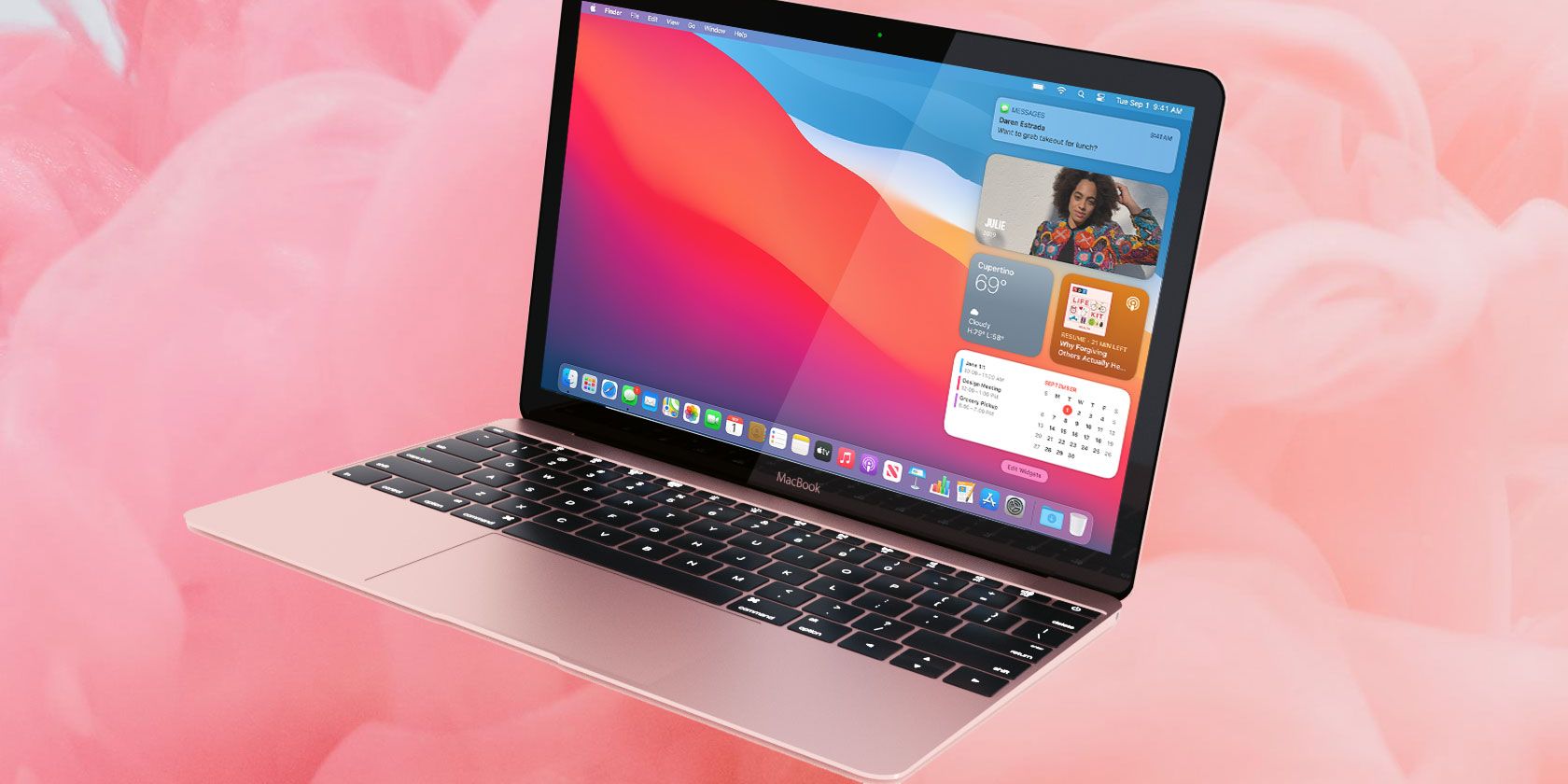

- #Mac os dashboard widgets on desktop mac os x
- #Mac os dashboard widgets on desktop full
- #Mac os dashboard widgets on desktop code
- #Mac os dashboard widgets on desktop series
See the Dashboard Reference for the full list of plist keys. There are several other possible plist keys you can include. MainHTML – the filename for the widget’s default HTML file.
 CloseBoxInsetX & CloseBoxInsetY – distance of the close box for the widget from the top and left corners, respectively, expressed in pixels (these are optional). CFBundleVersion – widget version number (this key is optional). CFBundleIdentifier – unique, reverse domain name style string identifying your widget. CFBundleDisplayName – the string that will be displayed in the widget bar under the Icon.png image. Let’s look at each of the elements and what they do: The plist (short for property list) for “Hello World” contains mostly just the essential items. It describes the widget and controls whether the widget has access to particular system resources (internet connectivity, command-line applications, the filesystem, etc.). According to Apple’s widget design guidelines, this image should be 85 x 85 pixels with the “content” of the image taking up 74 x 74 pixels, at most. It is analogous to a desktop application’s icon. This image is what the user will see when s/he opens the widget bar. The image dimensions for your Default.png typically correspond to the size of your widget as specified in your ist file. This image is what the user will see when s/he loads the widget, but is also used in this case as our backdrop. It just needs to match up with the corresponding value in your ist file. Note: You can name the file anything you want. ist – this XML file contains information used by Mac OS X to describe the widgetįor this example, Apple keeps it really simple! Here’s the code:. Icon.png – this image file is what users will see in their widget bar (the place from which users load new widgets). Default.png – this image file is what users will see while the widget is initializing. HelloWorld.html – the heart of our widget, this HTML file contains everything you’d normally see in a simple web page. Here is a breakdown of the parts that make up HelloWorld.wdgt: I have mirrored it on my server in case they move or delete it for some reason.
CloseBoxInsetX & CloseBoxInsetY – distance of the close box for the widget from the top and left corners, respectively, expressed in pixels (these are optional). CFBundleVersion – widget version number (this key is optional). CFBundleIdentifier – unique, reverse domain name style string identifying your widget. CFBundleDisplayName – the string that will be displayed in the widget bar under the Icon.png image. Let’s look at each of the elements and what they do: The plist (short for property list) for “Hello World” contains mostly just the essential items. It describes the widget and controls whether the widget has access to particular system resources (internet connectivity, command-line applications, the filesystem, etc.). According to Apple’s widget design guidelines, this image should be 85 x 85 pixels with the “content” of the image taking up 74 x 74 pixels, at most. It is analogous to a desktop application’s icon. This image is what the user will see when s/he opens the widget bar. The image dimensions for your Default.png typically correspond to the size of your widget as specified in your ist file. This image is what the user will see when s/he loads the widget, but is also used in this case as our backdrop. It just needs to match up with the corresponding value in your ist file. Note: You can name the file anything you want. ist – this XML file contains information used by Mac OS X to describe the widgetįor this example, Apple keeps it really simple! Here’s the code:. Icon.png – this image file is what users will see in their widget bar (the place from which users load new widgets). Default.png – this image file is what users will see while the widget is initializing. HelloWorld.html – the heart of our widget, this HTML file contains everything you’d normally see in a simple web page. Here is a breakdown of the parts that make up HelloWorld.wdgt: I have mirrored it on my server in case they move or delete it for some reason. We will now take a look at the Dashboard equivalent!Īpple has been kind enough to post a “Hello World” widget on their Sample Dashboard Code page. When learning a new programming language, the first task is typically to write a trivial program to print “Hello World” on the screen. Conversely, you can explore the code and graphics for any widget by either removing the “.wdgt” extension or just control-clicking on the widget and choosing “Show Package Contents”. By adding the “.wdgt” extension to a folder, you turn the folder into a bundle which is treated by Mac OS X as one file. Widgets are simply bundles of text and image files.

So, if you can make a useful web page, you can probably make a useful widget! All you need is a little information about their structure. Check it out! What the heck is a widget?Īccording to Apple, widgets are “mini-applications that let you perform common tasks and provide you with fast access to information.” The cool thing for web developers and designers is that widgets are at their heart just web pages, bundled in a specific way.
The series is based on things I learned while developing Sundial. Note: I have begun writing a series on some advanced widget development topics The Loop, my company’s blog.







 0 kommentar(er)
0 kommentar(er)
